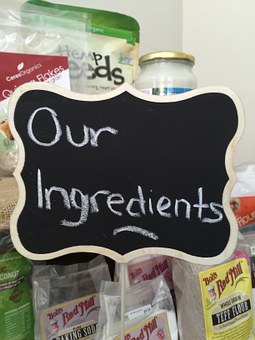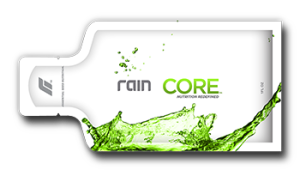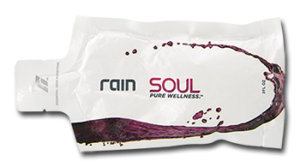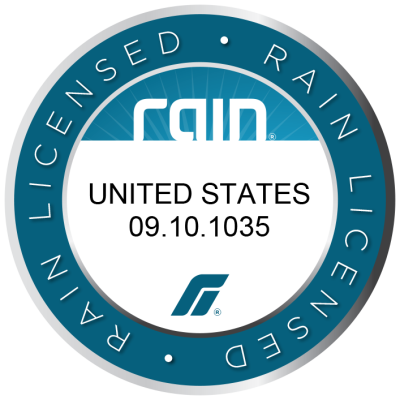How do I read a Nutritional fact label?
With all the buzz on nutrition, what to eat and what not to eat, do you know if you are reading the nutritional fact label correctly?
It can be confusing reading them and determining what is the most important. Don’t be fooled by the packaging.  Know your fats, keep in mind fat-free does not mean calorie free!
Know your fats, keep in mind fat-free does not mean calorie free!
Serving Size
First, check the serving size and servings per container.
Often the package contains more than one serving. So if you eat the whole package, you need to double, triple, or even quadruple a number of calories, fats, and nutrients.
The Daily Value
The DV (daily value) is a general guide to help you link nutrients in a serving of food to their contribution to your total daily diet. It can help you not only understand what you are eating but also help you make dietary “trades” throughout the day. You don’t have to give up a favorite food to eat a healthy diet. When a food you like is high in fat, balance it with foods that are low in fat at other times of the day. The DV also makes it easy for you to make comparisons. You can compare one product or brand to a similar product. Just make sure the serving sizes are similar, especially the weight (e.g. gram, milligram, ounces) of each product. Also, use the DV to help you quickly distinguish one claim from another, such as “reduced fat” vs. “light” or “nonfat.” Compare the DV for Total Fat in each food product to see which one is higher or lower in that nutrient.
Calories
But be aware it is based on a 2000 a day calorie diet. If your diet is more or less than 2000 calories the percentages change. So if you are eating a 1600 a day calorie diet and the DV on the label said 18% for you it would be closer to 23% DV. Also with any DV 5% or less is considered “low” but 20% or more is considered “high”. So that food just went from “reasonable” for the fat intake to “high” fat intake for your diet.
Calories provide a measure of how much energy you get from a serving of this food. Many Americans consume more calories than they need without meeting recommended intakes for a number of nutrients. The calorie section of the label can help you manage your weight (i.e., gain, lose, or maintain.) A general guide to calories is 40 calories is low, 100 calories is moderate, 400 calories or more is high. Also, know where your calories are coming from. For example if there are 250 calories in one serving and 110 calories come from fat that means almost half the calories are from fat.
Fats
As I stated above, know your fats! Try to select foods that are the lowest in saturated fat, trans fat, and cholesterol. You will not see a DV for trans fat as none is recommended for a healthy diet. Replacing trans fats and saturated fats with mono-saturated and poly-saturated fats have many benefits. The biggest being lowering your cholesterol. These are the fats found in fish, nuts, and some liquid vegetable oils. Also, watch those proteins! If you are looking for higher protein food often that can lead to higher fat food. We tend to get plenty of protein but often form not so good ways. Choose the low-fat or non-fat options when choosing higher protein items such as Greek Yogurt, Jerky, protein bars, and such other higher protein snacks.
Sugar
Watch that sugar also! Your body processes sugar and carbs the same. So for every 4g of carbs or sugar, your body treats it as 1t of sugar. There is no DV for sugar, keep in mind, the sugars listed on the nutrition facts label include naturally occurring sugars (like those in fruit and milk) as well as those added to a food or drink. Check the ingredient list for specifics on added sugars. But the recommended level is 6t or less a day. So when reading labels keep the 4g rule in mind with sugars.
Nutrients
You are best off looking at labels and finding them rich in nutrients. Often we are looking at the DV to ensure we keep our calories, fat, and sodium down but not our nutrients up! Some common nutrients Americans generally are deficient in are Vitamin A and C, Potassium, Calcium, and Iron.
Be sure to limit sodium. It is added to every processed food out there for flavoring and to preserve the food.
Summary of how to read a Nutritional Fact Label
As always, whole, unprocessed food don’t need disclosures as they are all good! But when you do need to buy canned, frozen or boxed food be sure to follow the general guidelines above to get the healthiest option out there!
If you enjoyed this artcal about How do I read a Nutritional Fact Label check out more by clicking here.
Happy eating!







